6 Excellent Lightweight Linux Distros for x86 and ARM
Presenting a nice assortment of lightweight yet fully-functional Linux distros for all occasions. All of these are full distros that do not depend on cloud services; four for x86 and two, count 'em, two for ARM hardware.
Elementary OS
Elementary OS is a beautiful, fast, lightweight Linux for 32- and 64-bit x86. It is built on an Ubuntu core, and Elementary's desktop environment, Pantheon, started out with some stripped-down GNOME 2 elements. But it is more than an Ubuntu respin or GNOME fork-- a lot of custom development goes into Elementary OS, including apps and its development toolkit.
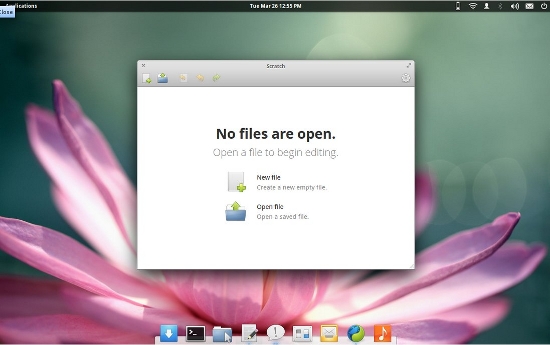
Figure 1: Elementary OS.
A significant aspect of Elementary OS is the inclusion of accessibility features for hearing, sight, and motor-impaired users. The state of accessibility technologies in Linux is far behind where they should be, so it's encouraging to see a distro building them into its core system. Elementary OS has a bit of a Mac-like feel with a sleek, elegant appearance, subtle highlighting cues, minimal clicks to get from one place to another, and lots of useful super key shortcuts. I expect that even inexperienced Linux users could start using Elementary OS and be productive with just a little bit of poking around.
There is currently $5,755 of cash bounties available for bug-fixing some applications and base libraries. If you can't code, putting a few bucks in the bounty kitty is a great way to support Elementary OS.
LXLE
LXLE takes Lubuntu LTS (long-term support), customizes the LXDE desktop, adds proprietary codecs and drivers and a thoughtful selection of default applications, and advertises it as a drop-in replacement for Windows. Me, I think anything is a good replacement for Windows, including an Etch-a-Sketch. But LXLE (Lubuntu eXtra Life Extension) really is an excellent choice for users who want to swap Linux for Windows.
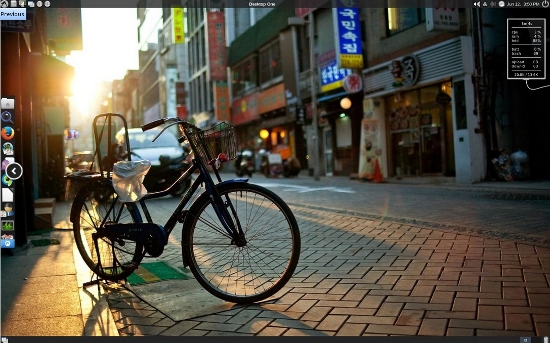
Figure 2: LXLE has the best wallpapers.
LXLE is not amazing new revolutionary technology, but rather an excellently-crafted and refined enhancement of Lubuntu 12.04 and 14.04. The last 5 percent is the hardest, and LXLE goes all the way and finishes that last 5 percent. Installation is fast and simple, and it boots up very quickly. LXLE has five desktop looks to choose from: Unity, Windows XP, GNOME 2, Mac OS X and Netbook. Its most fun feature for me is the 100+ included beautiful wallpapers, and the Random Wallpaper button to cycle them automatically. Windows refugees, or any casual user, will find their way around easily. It also includes the full capabilities of Linux for power users. That is why I love Linux: we can have it all. (32- and 64-bit x86)
Arch Linux ARM
Arch Linux is the choice of fine nerds everywhere who want a simple yet versatile, up-to-date, lightweight rolling distribution. Arch calls itself simple because it comes with a minimum of bells and whistles, and is for users who want maximum control of their systems with no backtalk from "helpful" utilities.
Arch supports x86, and also has an excellent ARM port. ARM devices are everywhere thanks to single-board computers like Raspberry Pi, Beagleboard, and Arduino, smartphones, tablets, and netbooks like the Samsung Chromebook. Arch is extremely customizable, so you can pare it down to fit even the smallest SBC and make it into a router, a special-purpose server, or even a tiny but useful portable desktop computer. Just like x86 Arch, ARM Arch is well-documented and has active community support.
Point Linux
Point Linux is a baby, barely a year old. It is based on Debian 7 and the MATE desktop, which was originally forked from GNOME 2. So it has a traditional system menu and panels-- nice and clean, and everything easy to find with no dancing icons, no hidden things that appear only when you luck out and hover your cursor over the exactly correct spot, and virtual desktops that stay put. It runs well on old feeble hardware, and comes with a good basic selection of applications. Point Linux is based in Russia, and has good comprehensive localization. If you miss the Ubuntu of old, when it had the best GNOME 2 implementation of any distro, then you might like Point Linux. (32- and 64-bit x86)
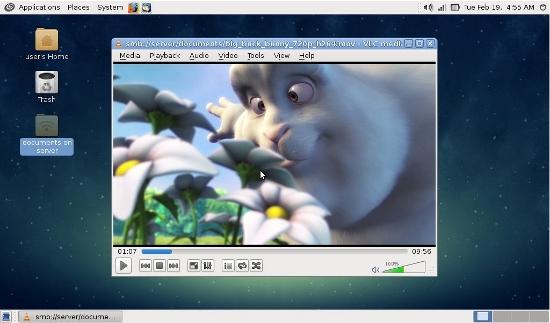
Figure 4: Point Linux.
Porteus
Porteus was originally named Slax Remix. Porteus is a combination of "portability" and "Proteus", the god of the sea who could change his form. This is a reference to Porteus' flexibility; it weighs in at less than 300MB, and is optimized to run from a USB stick, CD, Compact Flash, or hard disk. It's a great way to get a prefab version of Slackware all ready to go to work.
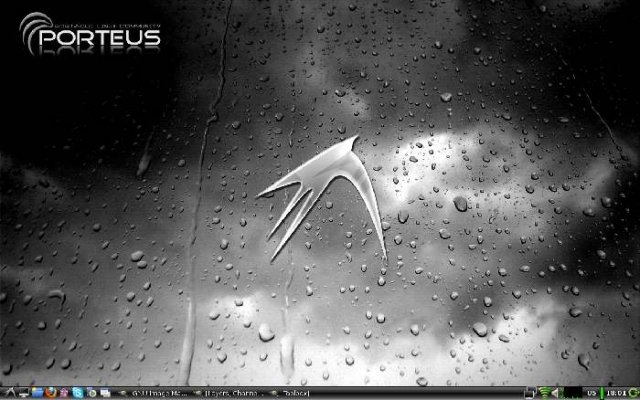
Figure 5: Porteus.
You get a choice of five, count 'em, five desktop environments: KDE4, Razor, LXDE, MATE, or Xfce. Porteus includes a package manager, so you can install and remove packages to your heart's content. In my un-humble opinion it is the best portable Linux.
Fedora ARM
Fedora's ARM port has finally been promoted to primary architecture status, as of the Fedora 20 release in December 2013. This is a significant step because it now gets equal priority with the x86 releases, and no packages are pushed into repositories if they fail to build. In typical Fedora fashion, ARM support is broad and pushes into the bleeding edge with support for 64-bit ARM, all the popular ARM SBCs, and a nice selection of unofficial remixes for unsupported devices including the Samsung Chromebook. Which I keep mentioning because it looks like a perfect travel notebook once you clear the Google gunk off and install a good proper Linux on it. Visit the Fedora ARM wiki page to learn everything.
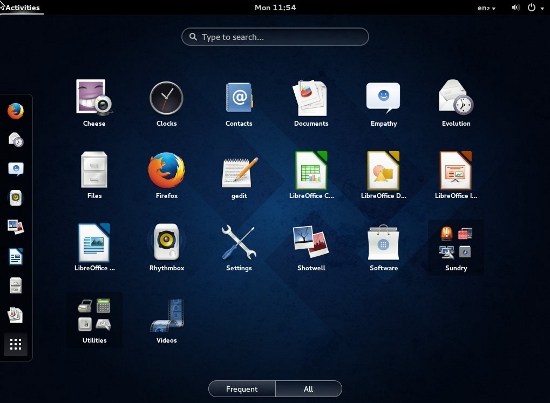
Figure 6: Fedora's Unity desktop.

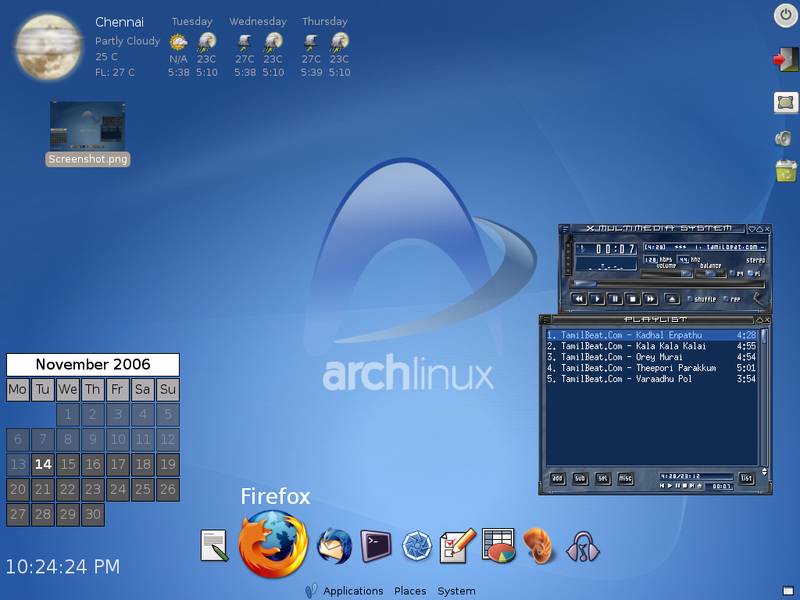
No comments:
Post a Comment